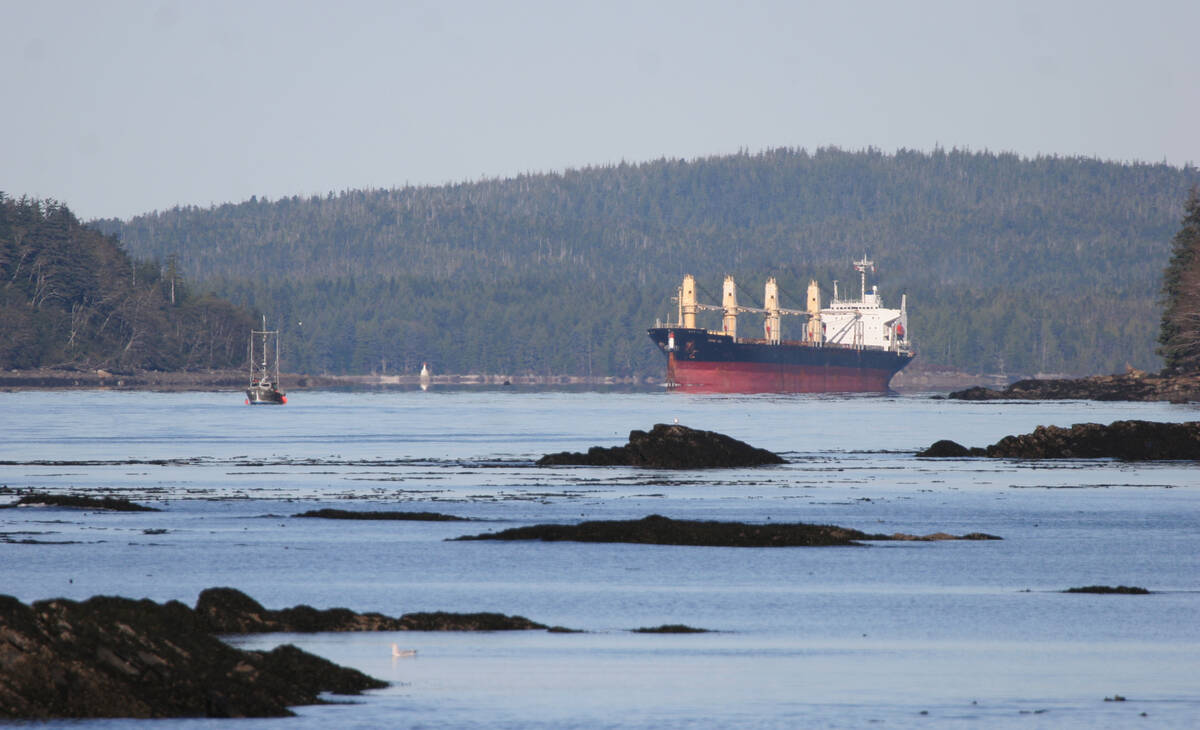SAO PAULO, Brazil (Reuters) — Brazil, the world’s No. 1 soy exporter, is expected to import around one million tonnes of the oilseed in coming months from its largest global competitor, the United States, as local supplies dwindle, according to Sao Paulo-based grain trader Agribrasil.
It would be the first time that the South American nation, an agricultural powerhouse, needs to import large volumes of soybeans from the United States, a result of massive exports by Brazilian soy producers to China in recent months after the Asian nation slapped a 25 percent import tariff on U.S. beans.
Read Also

Farm groups ask feds for export sales reporting
The Agricultural Producers Association of Saskatchewan and SaskCrops asks the federal government to create an Export Sales Reporting program.
The deals will be necessary to supply Brazilian soy processors in the inter-crops period as most of the beans produced in Brazil in the last season have already been sold or are booked for exports, Agribrasil chief executive officer Frederico Humberg said.
“We are going to see American soy entering Brazil pretty soon,” said Humberg, who founded Agribrasil in 2016 after having worked for years in some of the largest firms in the sector such as Bunge, Glencore and Gavilon.
Humberg sees Brazilian soy exports reaching 80 million tonnes this year, a sharp increase compared to the 68 million tonnes shipped last year.
His estimate is larger than the projection released earlier by the soy processors association Abiove of 76.1 million tonnes.
Agribrasil anticipates Brazil’s soybean processing volume falling to 41.5 million tonnes this year, versus 41.8 million tonnes in 2017.
Brazil’s cereals exporters group Anec also expects U.S. soy to enter the country.
But there was no confirmation so far of any such deals, a rarity in the trade history among the two global agricultural superpowers.














